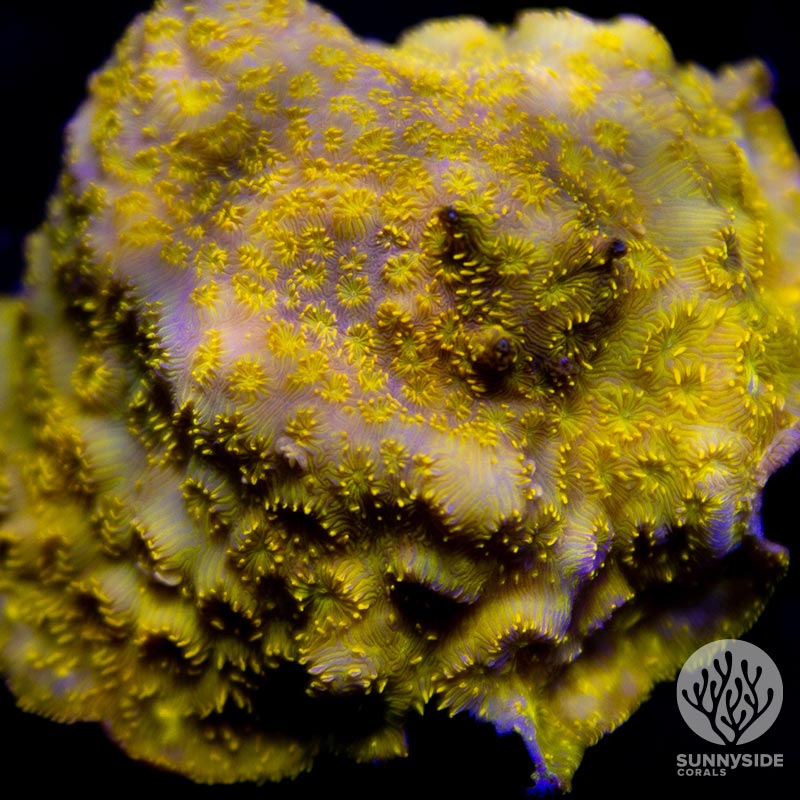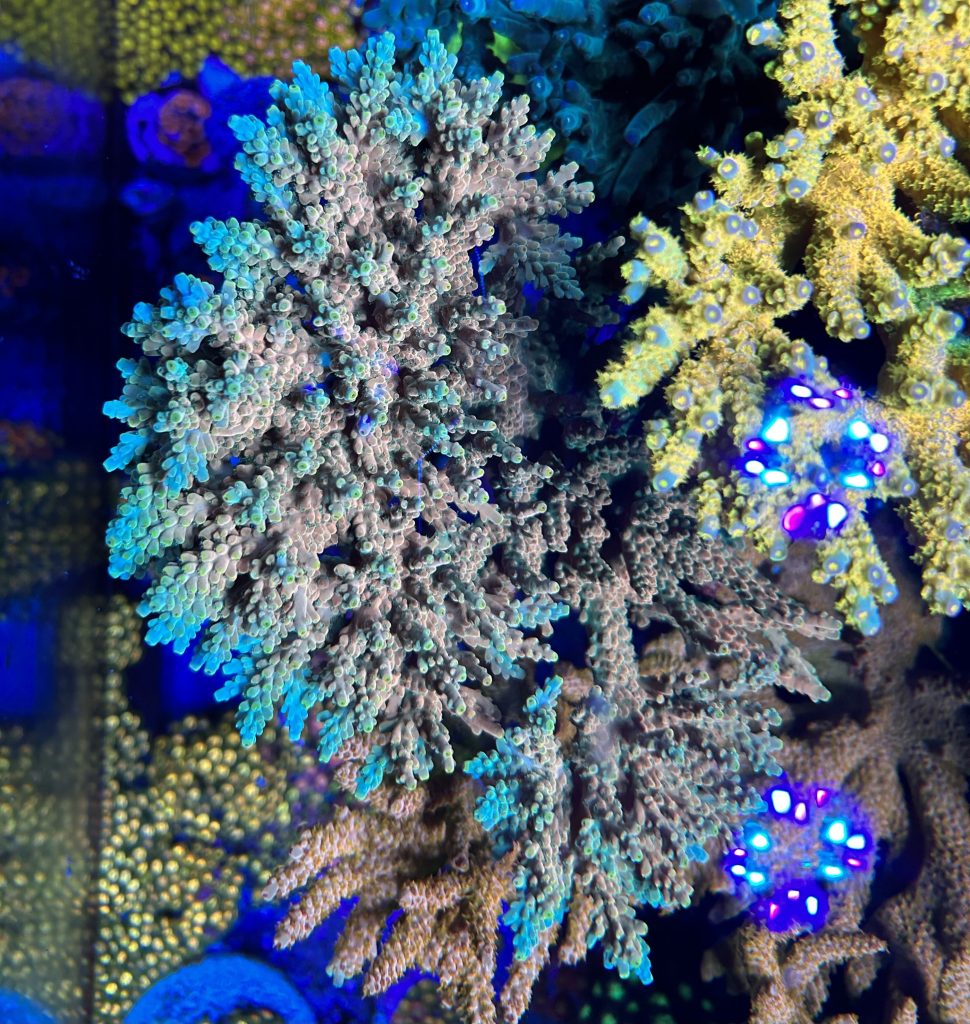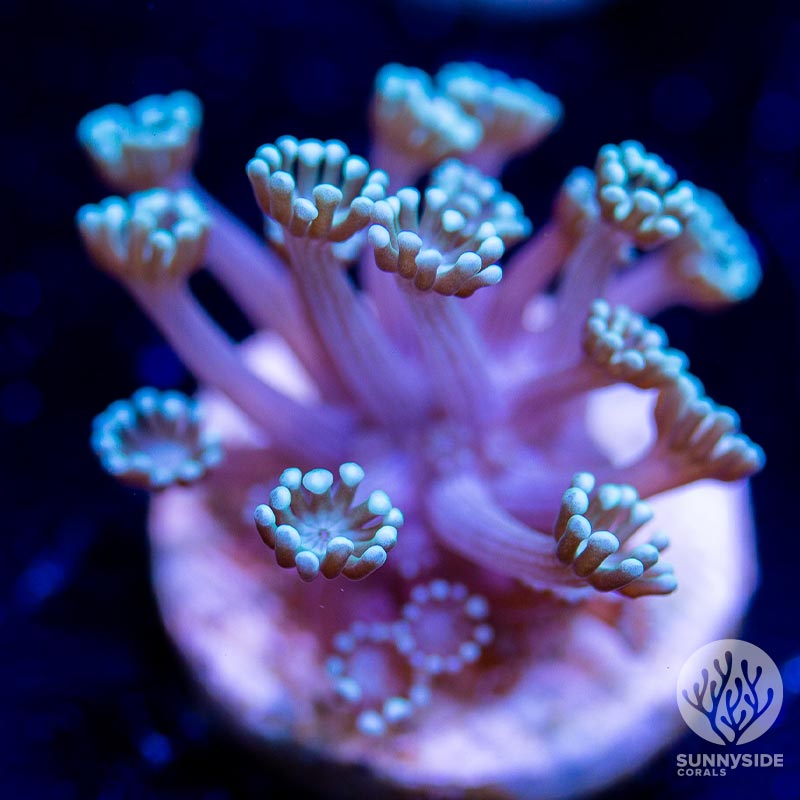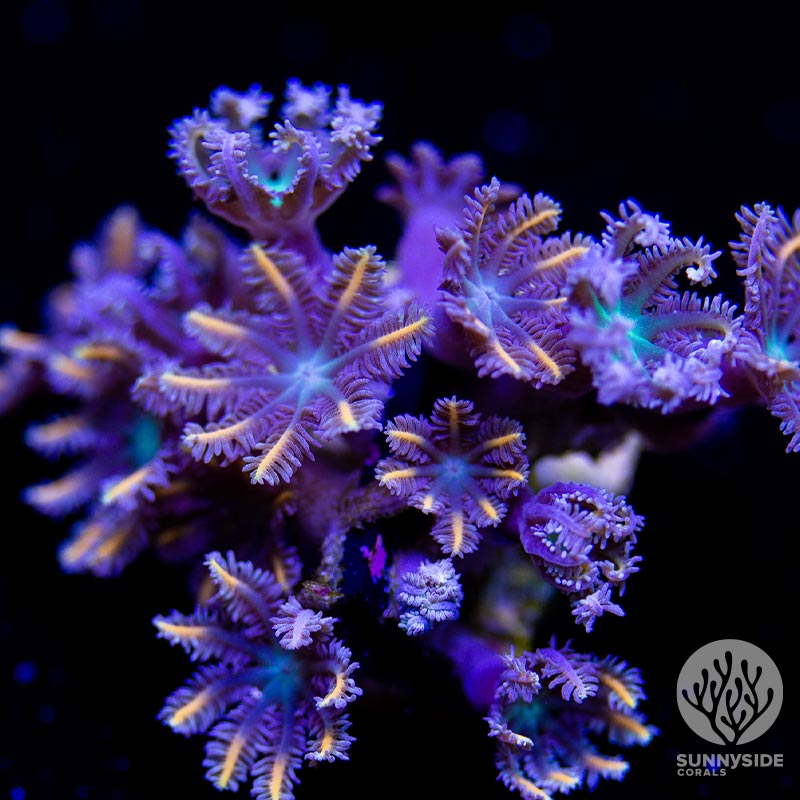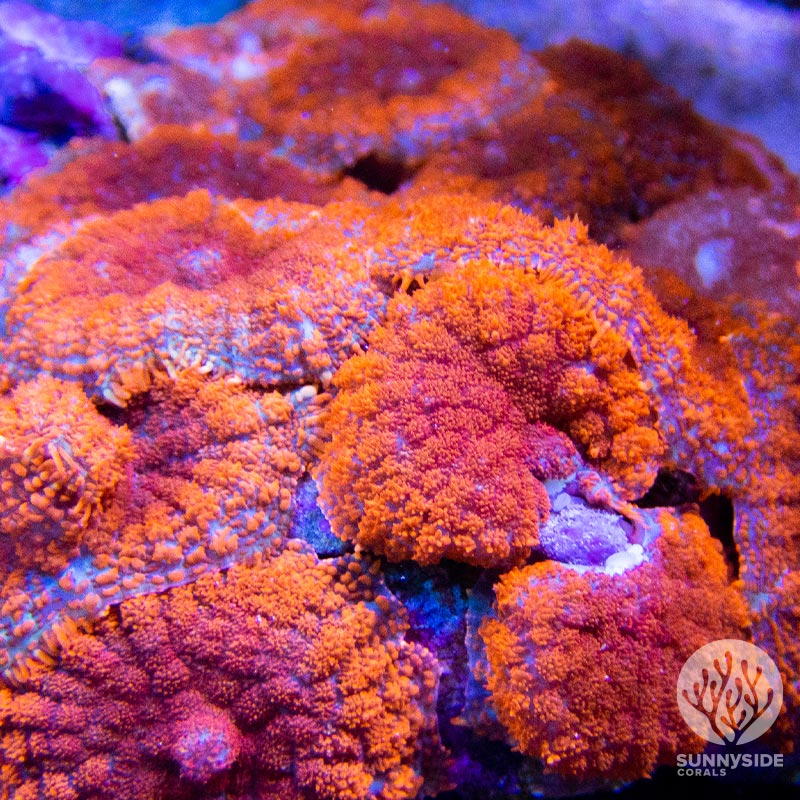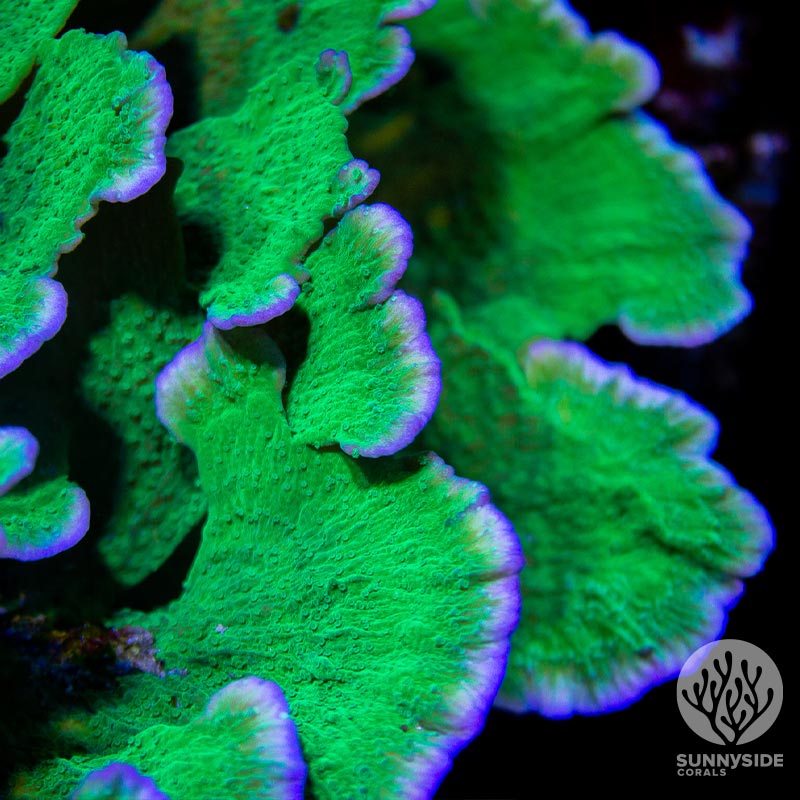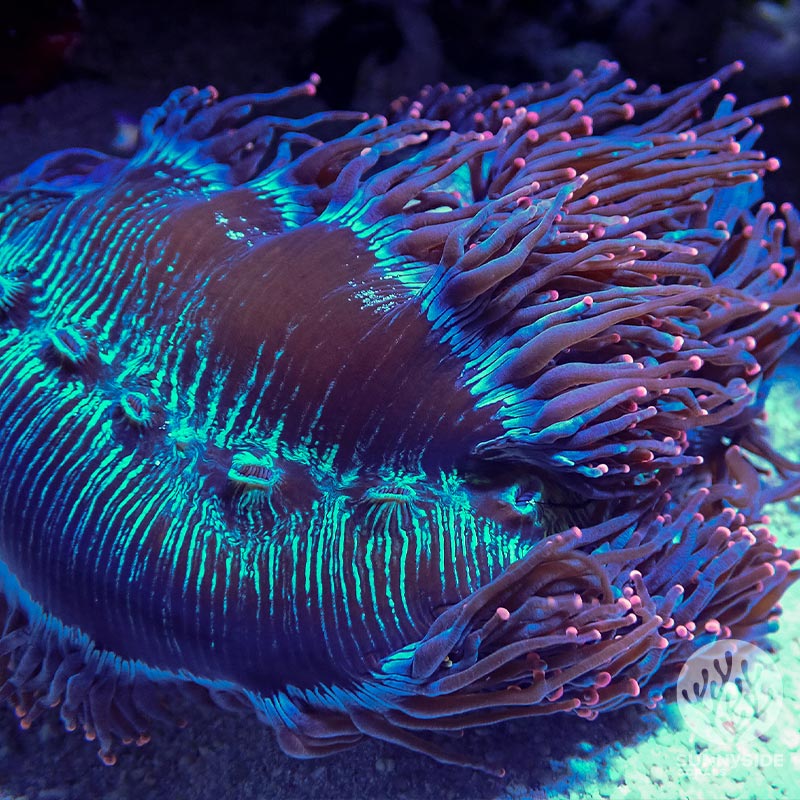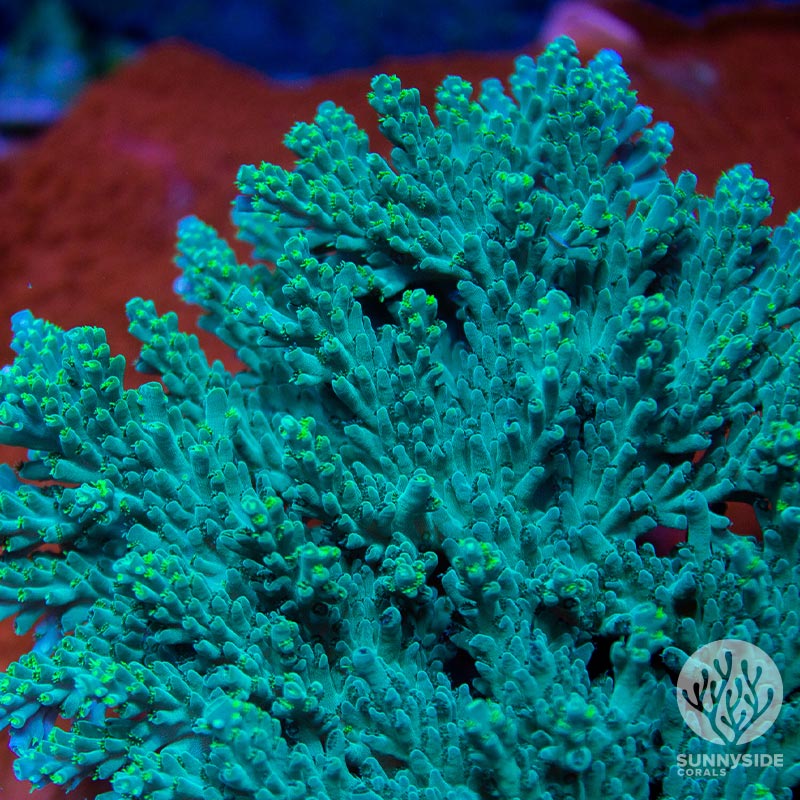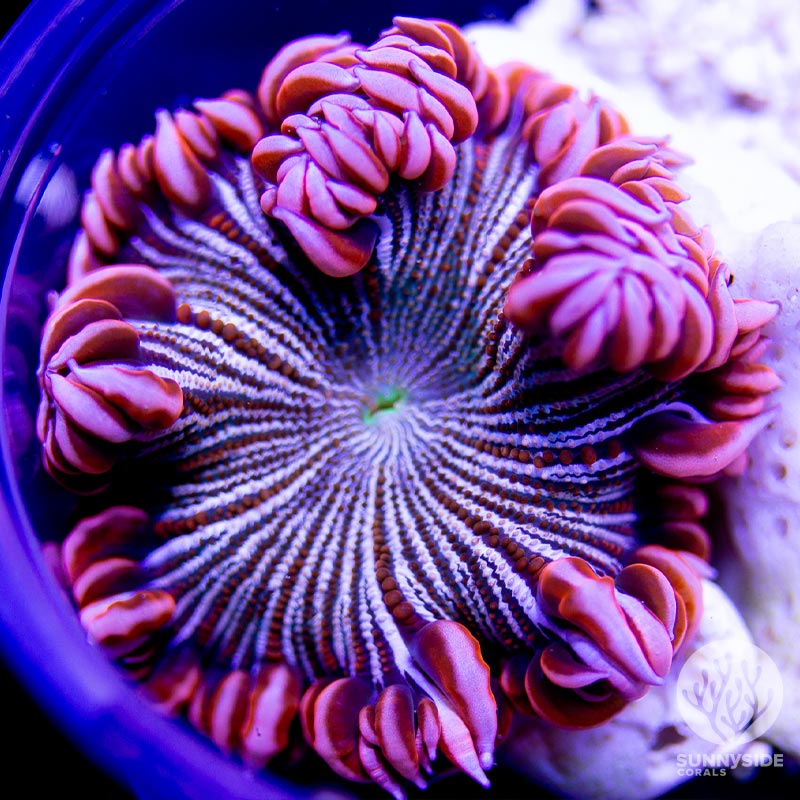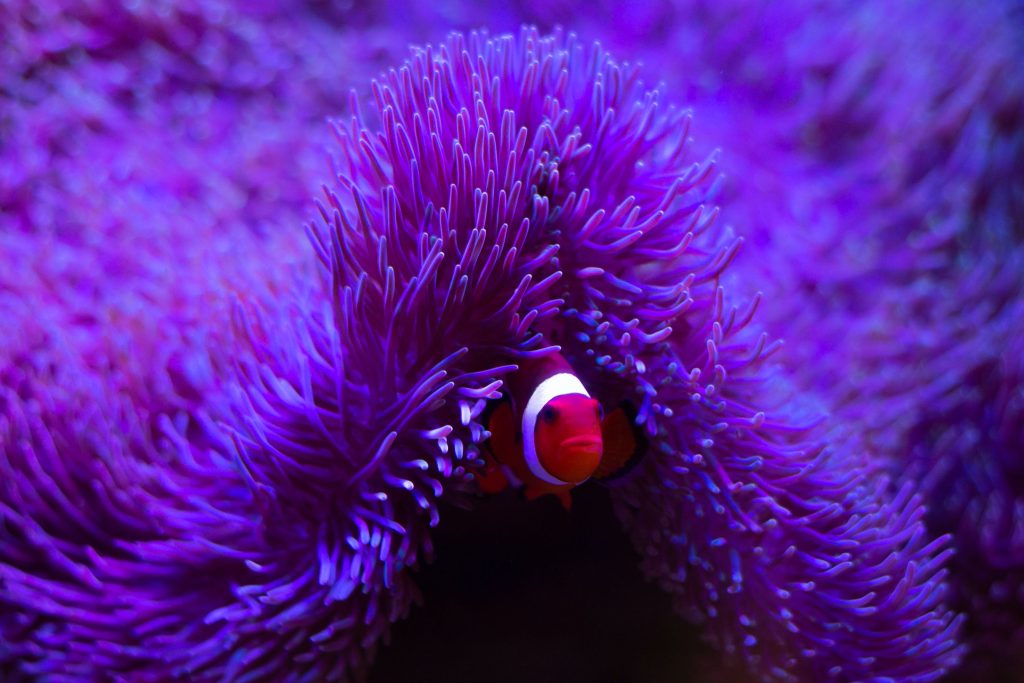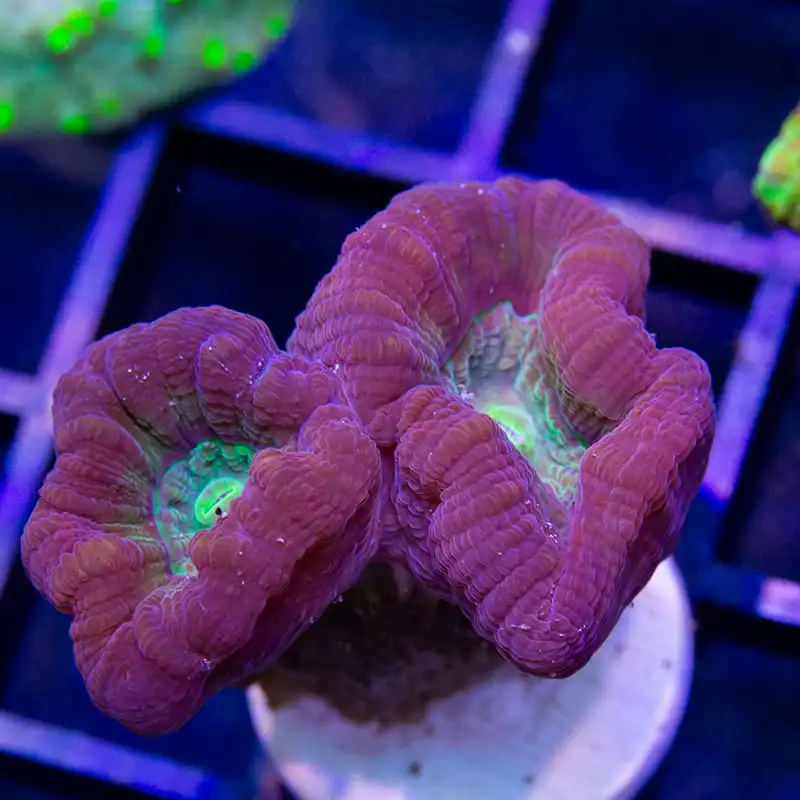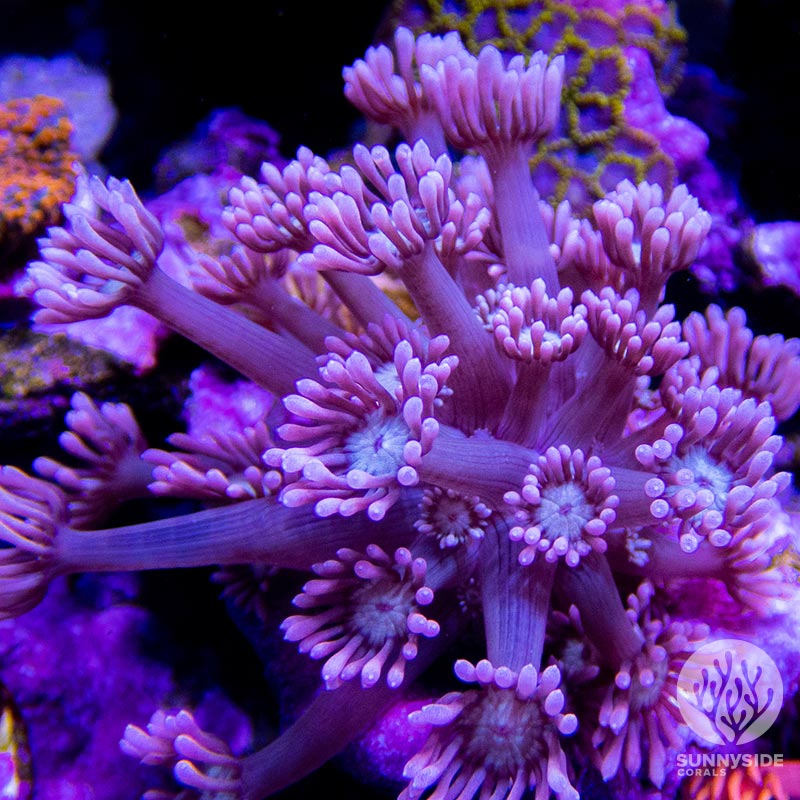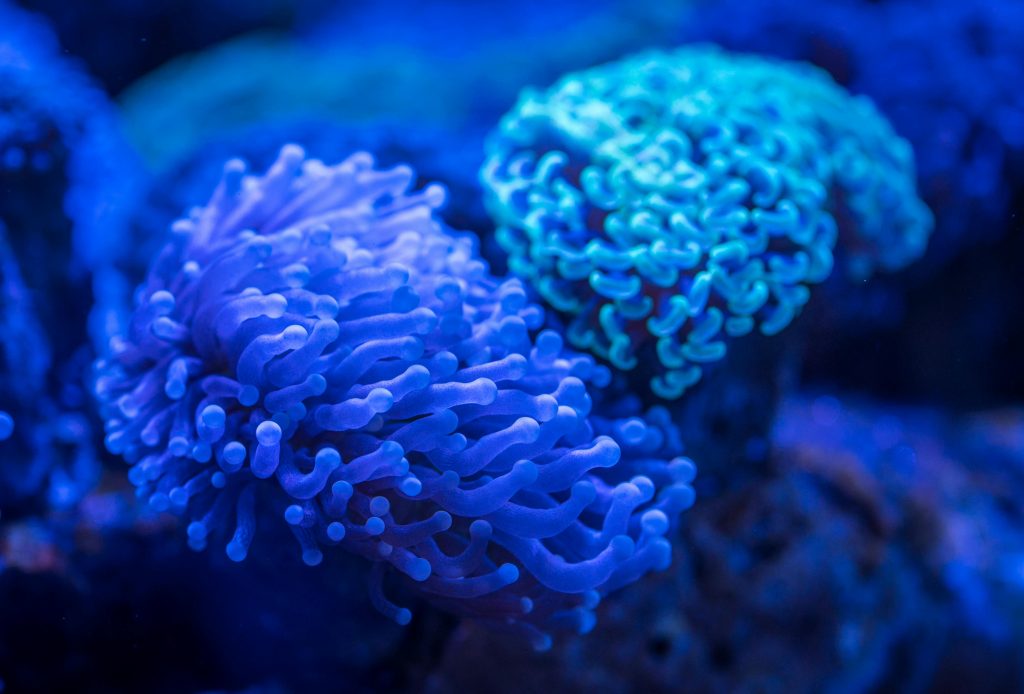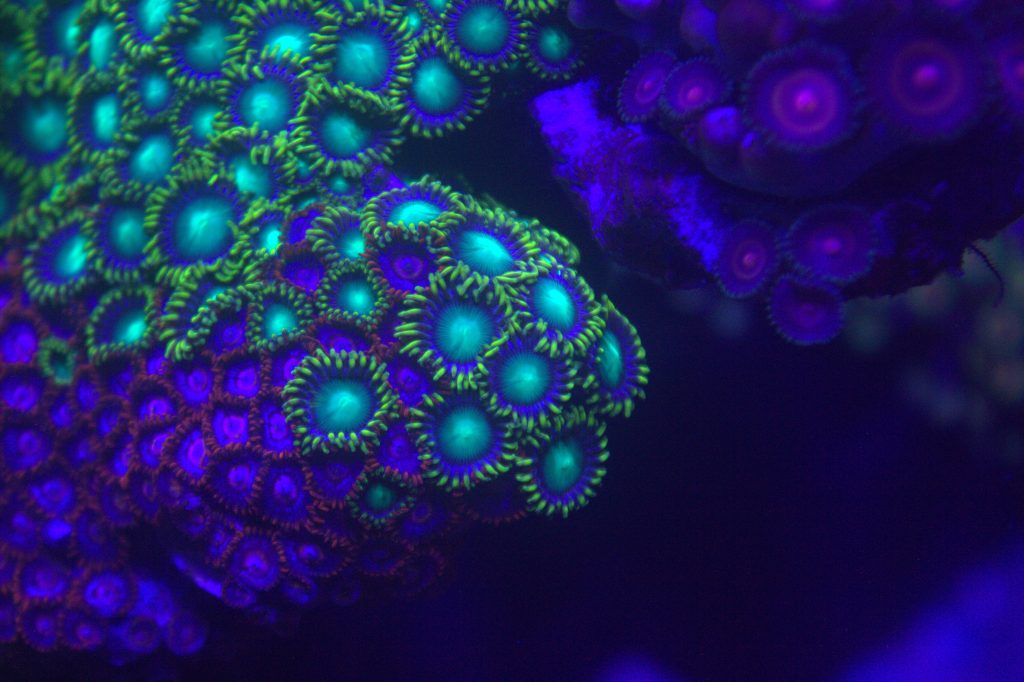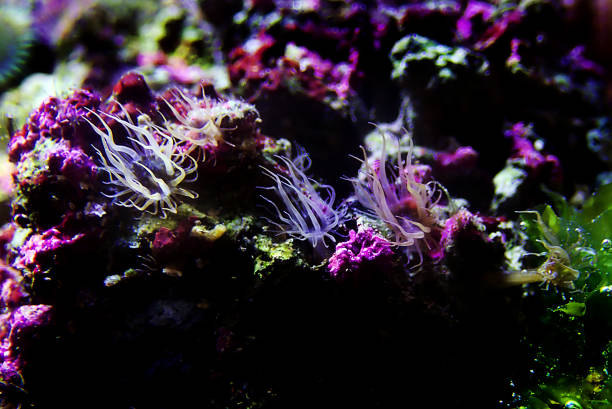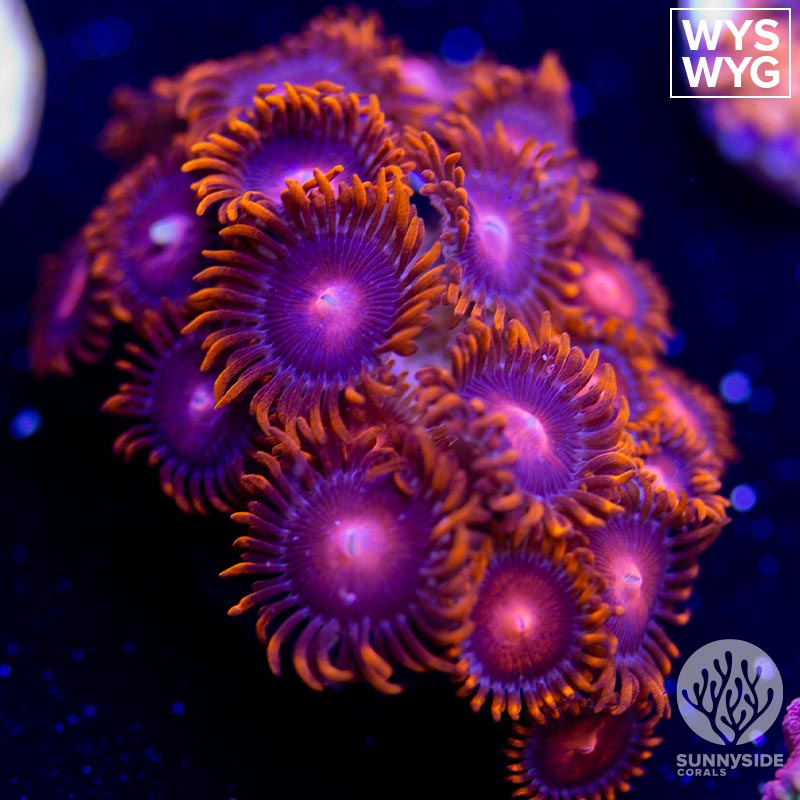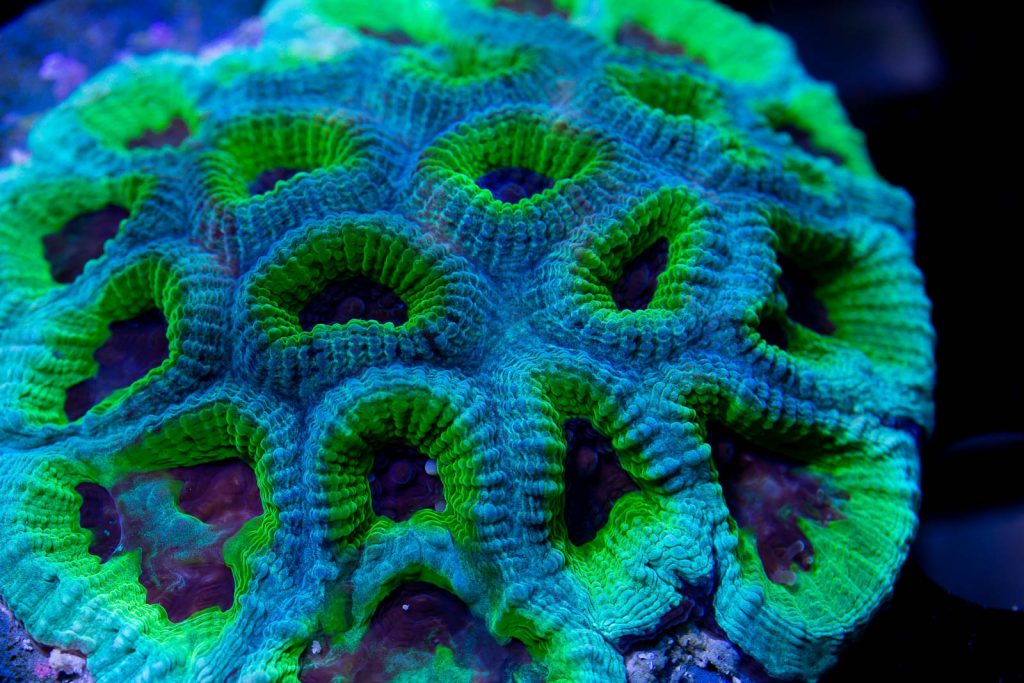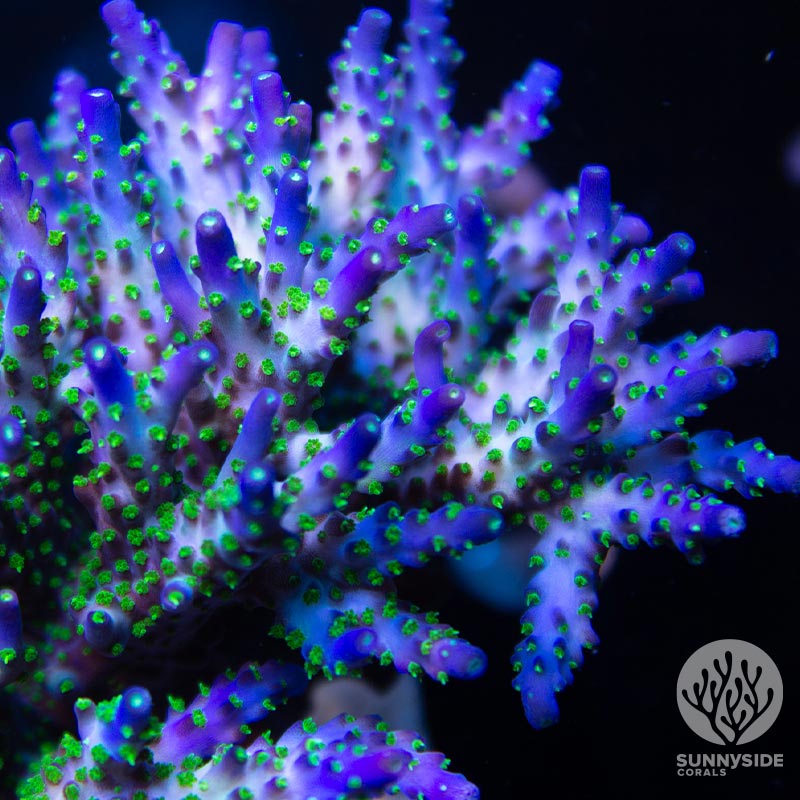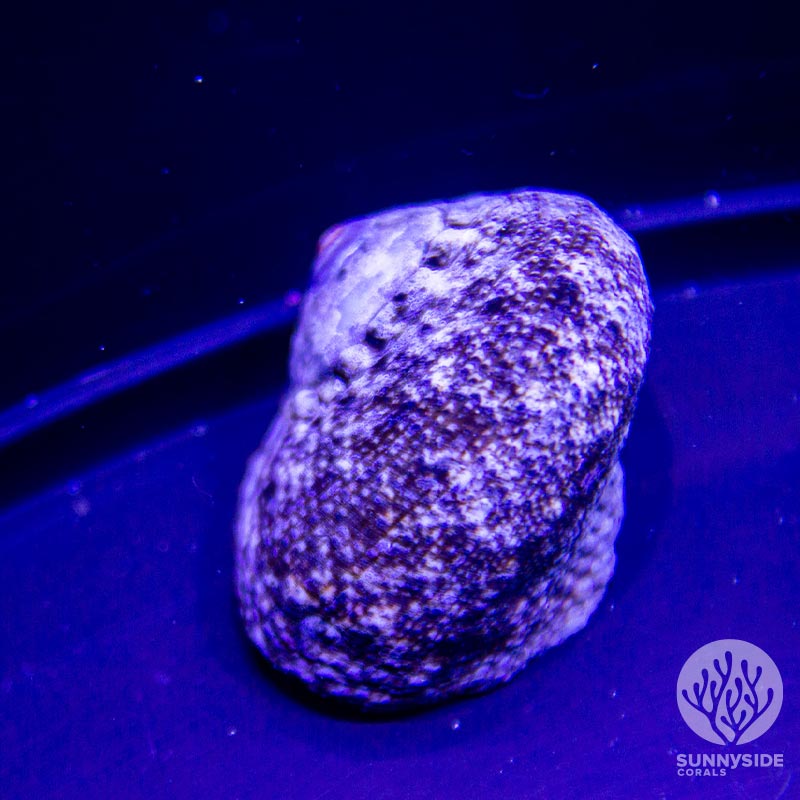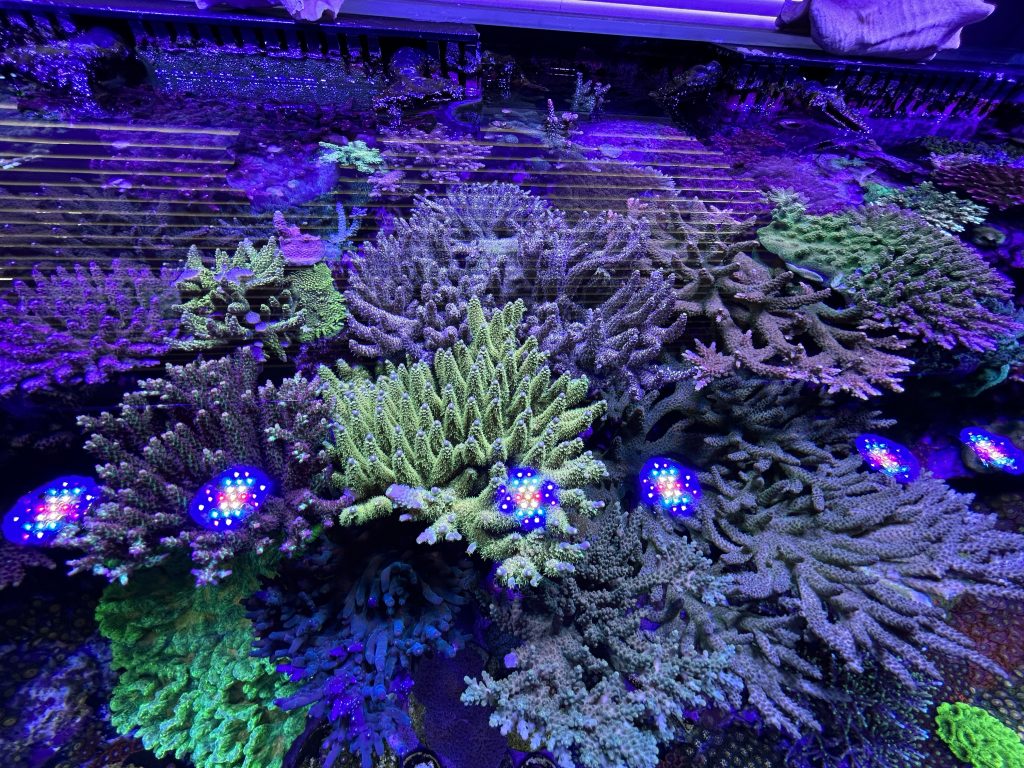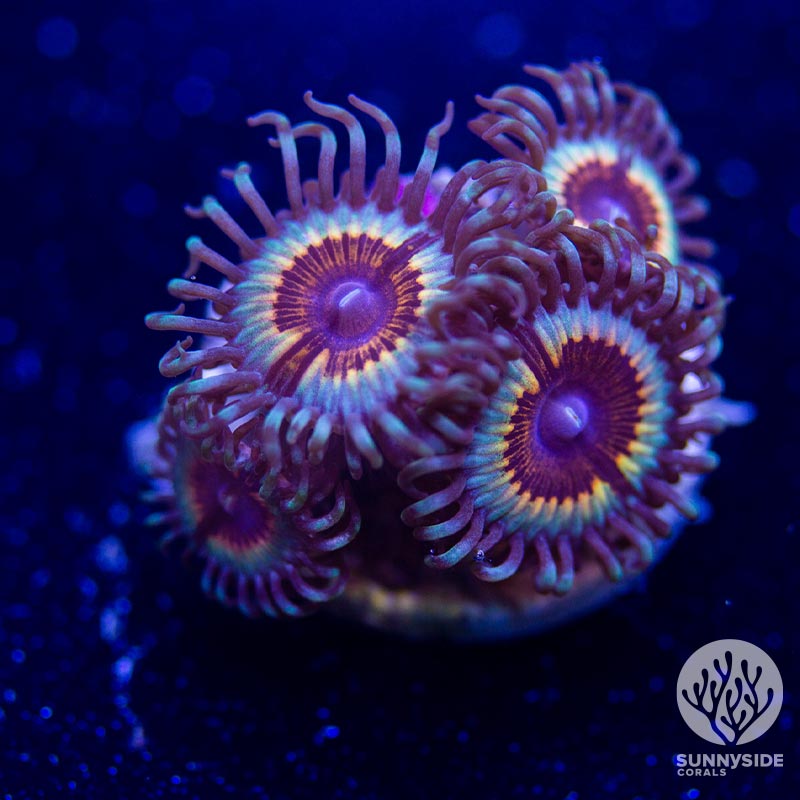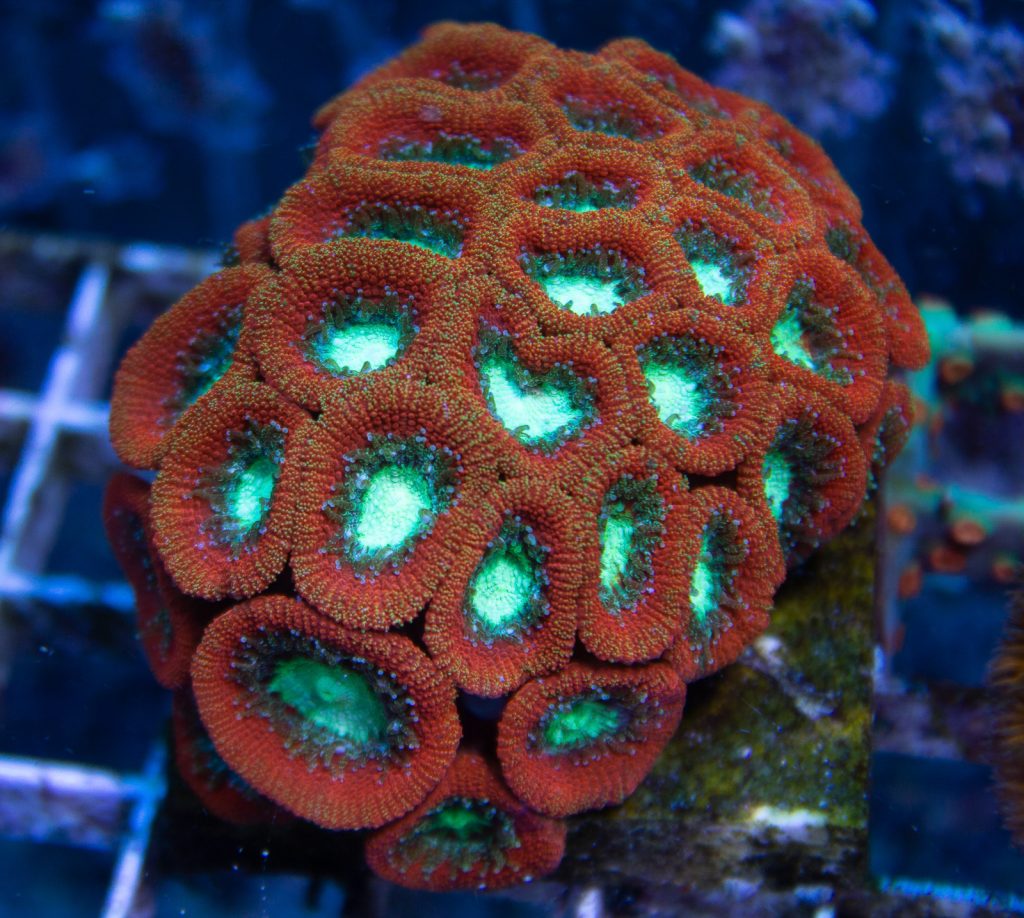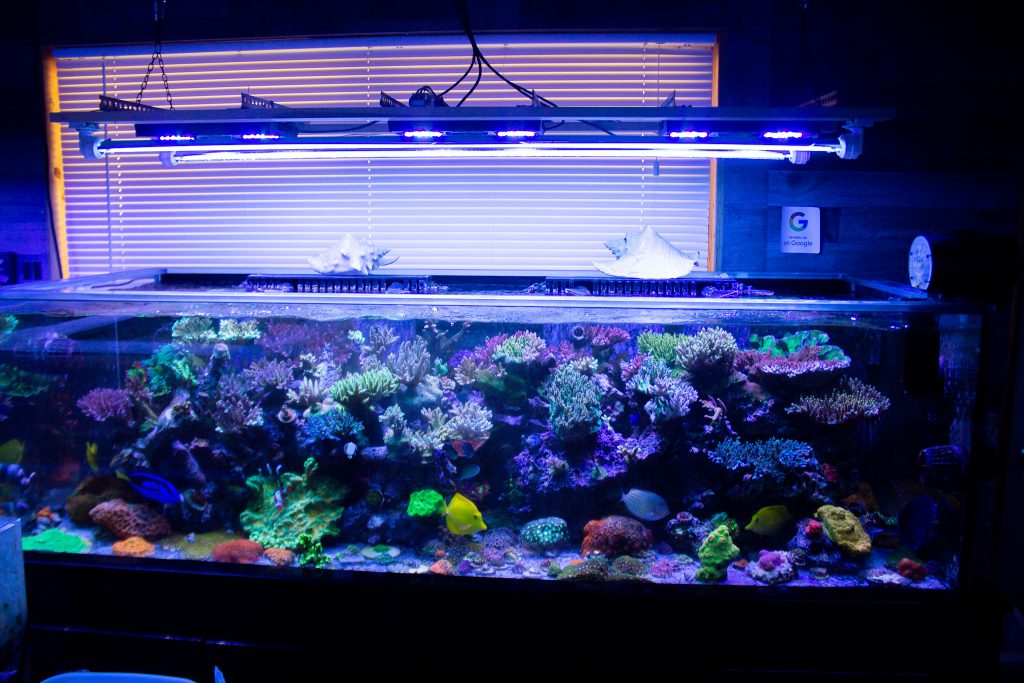Acropora Eating Flatworms (AEFW) are a type of parasitic flatworm that feed on Acropora corals. These flatworms can be a nightmare for SPS reefers as they can quickly infest a reef tank and cause the rapid death of coral colonies. AEFW are also known as Amakusaplana acroporae, and they are a species of free-living marine polyclad flatworms that prey on Acropora corals in reef aquariums.
AEFW are oval-shaped and can grow up to 6 mm in length. They are not like Red Planaria or mollusk-eating flatworms, as they only affect Acropora corals and not any other type of coral. If you see flat oval disks coming out of the coral, it is most likely infested with AEFW.
There are some natural predators known to eat AEFW, including some wrasse species. However, these fish will only eat the adult flatworms and not the eggs. Dipping the coral can also be successful in killing the adults, but any eggs will be protected from the dip and will simply hatch again when back in your tank. Our process for dipping corals helps minimize this risk but it is important to take preventative measures to avoid introducing AEFW into your reef tank, as they can quickly cause irreparable damage to your coral colonies
What is Acropora Eating Flatworm?
Acropora Eating Flatworm (AEFW) is a type of flatworm that feeds on Acropora corals, which are a type of stony coral. These flatworms are small, clear, and blob-like, and they can be difficult to spot. They are known to cause significant damage to Acropora corals, which can lead to the death of the coral colony if left untreated.
AEFWs are considered to be a major pest in reef aquariums, as they can quickly spread and infest entire colonies of Acropora corals. They survive by eating the coral’s tissue and laying their eggs around the base of the coral’s skeleton. If left unchecked, they can cause significant damage to the coral’s structure and lead to the death of the coral colony.
One of the challenges of dealing with AEFWs is that they can be difficult to detect. They are very small and can blend in with the coral’s tissue, making them hard to spot with the naked eye. Some signs that you may have an AEFW infestation include bite marks on the coral’s tissue, egg clusters around the base of the coral, and a general decline in the health of the coral colony.
Harmful Effects of Acropora Eating Flatworm on Coral Reefs
Acropora eating flatworms (AEFW) are a major threat to coral reefs. These flatworms feed on Acropora corals, which are known for their intricate and complex structures that provide habitats for a wide variety of marine life.
When AEFW infest Acropora corals, they cause significant damage to the coral’s tissue. This damage can lead to coral bleaching, which is a process in which the coral loses its symbiotic algae, resulting in the coral turning white and eventually dying. AEFW can also cause stunted growth and deformities in Acropora corals, which can have a cascading effect on the entire coral reef ecosystem.
Studies have shown that AEFW can have a significant impact on the health of Acropora corals. In one study, it was found that AEFW infestations reduced coral growth rates by up to 75%. This reduction in growth rates can have a significant impact on the ability of Acropora corals to recover from other stressors, such as coral bleaching.
In summary, AEFW pose a significant threat to coral reefs by damaging Acropora corals, reducing their growth rates, and causing coral bleaching. It is important to take steps to mitigate the impact of AEFW on coral reefs to ensure the health of your acropora.
Identification of Acropora Eating Flatworm
Acropora eating flatworms (AEFW) are a common pest in reef aquariums that can cause significant damage to coral colonies. These flatworms are typically brown or clear and have a flat, oval-shaped body that can grow up to several millimeters in size. AEFW are known to infest Acropora corals, but they can also be found on other coral species.
The easiest way to identify whether or not you have AEFW is to look for bite marks and eggs around the base of your Acropora. AEFW are hard to spot with the naked eye, but if you look closely, you may be able to see them on the surface of the coral. They attach themselves to the coral and feed on the coral tissue, leaving behind small, circular bite marks.
Another way to identify AEFW is to look for oval-shaped disks coming out of the coral. These disks are actually the flatworms themselves, and they can be seen protruding from the coral surface.
If you suspect that you have AEFW in your aquarium, it is important to act quickly to prevent them from spreading and causing further damage. The longer you wait, the more difficult it will be to eradicate them from your tank.
There are several treatment options available for AEFW, including freshwater dips, hydrogen peroxide dips, and the use of chemical treatments such as flatworm exit. It is important to research each treatment option carefully and follow the instructions carefully to avoid harming your coral or other tank inhabitants.
Overall, identifying AEFW early is key to preventing them from causing significant damage to your coral colonies. Regular monitoring and observation of your tanks can help you catch any signs of infestation early on and take action to prevent further damage.
Prevention and Control of Acropora Eating Flatworm
Biological Control
Biological control is a natural way to control the population of Acropora eating flatworms. One of the most effective biological controls is the use of wrasses. Wrasses are natural predators of flatworms and can help keep their population in check. Another biological control method is to introduce a type of bacteria called Vibrio coralliilyticus. This bacteria is known to attack and kill flatworms, and can be introduced into the aquarium through a probiotic supplement.
Chemical Control
Chemical control involves the use of chemicals to kill the flatworms. One of the most effective chemicals for treating flatworms is Levamisole. This chemical can be added to the aquarium water in small doses and will kill the flatworms without harming the coral. However, it is important to note that the use of chemicals can have negative effects on the aquarium’s ecosystem and should only be used as a last resort.
Mechanical Control
Mechanical control involves physically removing the flatworms from the coral. This can be done using a baster or a turkey baster to blast the flatworms off the coral. Another mechanical control method is to use a toothbrush to gently scrub the flatworms off the coral. However, only do this outside of your tank to avoid just moving the flatworms around in your tank or the release of toxins.
It is important to note that prevention is the best approach to controlling Acropora eating flatworms. Quarantining any new coral before adding it to the aquarium can help prevent the introduction of flatworms. Additionally, maintaining good water quality and avoiding overfeeding can help prevent the population of flatworms from growing. We have a step-by-step guide on best practices for dipping new corals and quarantine measures you can check out.
Conclusion
Acropora-eating flatworms are a destructive pest that can have a significant impact on corals. The flatworms have a high reproductive rate and can quickly spread throughout a coral colony, causing significant damage to the coral tissue.
Research has shown that warmer water temperatures can lead to faster rates of development and shorter generation times for the flatworms, which can exacerbate their impact on coral populations. However, chemical treatments such as levamisole HCl and praziquantel have been shown to be effective in removing the flatworms from infected corals when used in conjunction with water movement.
Overall, the management of Acropora-eating flatworms requires a multifaceted approach that includes both chemical and biological controls. This is why we always say you need to dip your new corals. It is 100 times better to lose one coral because you dipped vs lose your whole system because of a stray hitchhiker. Our dipping process is one of the best ways to kill pests and not your corals but there is never a guarantee from any coral vendors or hobbyists that their corals don’t have hitchhikers.
FAQ Section
How do you get rid of Acropora eating flatworms?
There are several ways to get rid of Acropora eating flatworms, including using a flatworm removal dip or treatment, introducing natural predators such as wrasses or peppermint shrimp, or manually removing them with a turkey baster or pipette.
How do I know if my Acropora is eating flatworms?
If your Acropora is infested with flatworms, you may notice visible signs such as small white or brown flatworms on the coral’s surface, or a decline in the coral’s overall health and growth rate. Some flatworms may also leave visible trails or bite marks on the coral’s tissue.
What do acropora eating flatworms look like?
Acropora eating flatworms are typically small, flat, and oval-shaped, with a size ranging from 1-5 mm. They can appear white, brown, or translucent, and may have distinct patterns or markings on their bodies.
What is the size of Acropora eating flatworm?
Acropora eating flatworms typically range in size from 1-5 mm, although some may grow larger under certain conditions.
